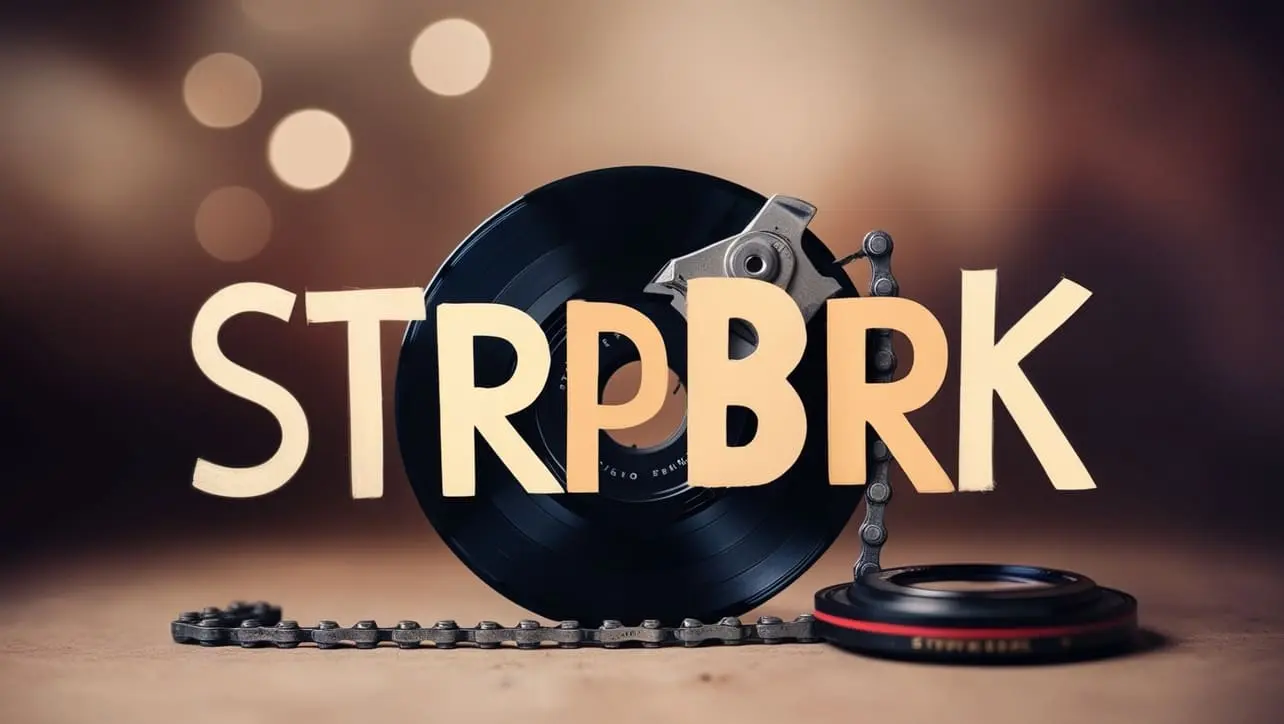
C++ Topics
- C++ Intro
- C++ String Functions
- C++ Interview Programs
- C++ Star Pattern
- C++ Number Pattern
- C++ Alphabet Pattern
- Alphabet Pattern 1
- Alphabet Pattern 2
- Alphabet Pattern 3
- Alphabet Pattern 4
- Alphabet Pattern 5
- Alphabet Pattern 6
- Alphabet Pattern 7
- Alphabet Pattern 8
- Alphabet Pattern 9
- Alphabet Pattern 10
- Alphabet Pattern 11
- Alphabet Pattern 12
- Alphabet Pattern 13
- Alphabet Pattern 14
- Alphabet Pattern 15
- Alphabet Pattern 16
- Alphabet Pattern 17
- Alphabet Pattern 18
- Alphabet Pattern 19
- Alphabet Pattern 20
- Alphabet Pattern 21
- Alphabet Pattern 22
- Alphabet Pattern 23
- Alphabet Pattern 24
- Alphabet Pattern 25
- Alphabet Pattern 26
- Alphabet Pattern 27
- Alphabet Pattern 28
- Alphabet Pattern 29
- Alphabet Pattern 30
- Alphabet Pattern 31
- Alphabet Pattern 32
- Alphabet Pattern 33
- Alphabet Pattern 34
C++ Alphabet Pattern 34

Photo Credit to CodeToFun
C++ Alphabet Pattern 34
Here`s a program that prints the above alphabet pattern using C++ Programming:
#include <iostream>
using namespace std;
int main() {
int i, j, k;
for (i = 65; i <= 69; i++) {
for (j = 69; j >= 65; j--) {
if (i == j)
cout << char(j);
else
cout << " ";
}
for (k = 66; k <= 69; k++) {
if (i == k)
cout << char(k);
else
cout << " ";
}
cout << "\n";
}
for (i = 68; i >= 65; i--) {
for (j = 69; j >= 65; j--) {
if (i == j)
cout << char(j);
else
cout << " ";
}
for (k = 66; k <= 69; k++) {
if (i == k)
cout << char(k);
else
cout << " ";
}
cout << "\n";
}
return 0;
}💻 Testing the Program
When you run the above program, it will print the following output:
A
B B
C C
D D
E E
D D
C C
B B
A
🧠 How the Program Works
Let's break down the logic behind the code:
- The program starts by including the necessary header file iostream, which provides input/output stream functionality.
- The line using namespace std; allows the use of standard library functions and objects without explicitly specifying the std:: namespace.
- The main() function is the entry point of the program.
- Inside the main() function, there are several variables declared: i, j, and k, all of type int. These variables are used as loop counters.
- The first for loop initializes i to 65 and iterates as long as i is less than or equal to 69. In each iteration, the loop increments i by 1.
- Inside the first for loop, there is a nested for loop that initializes j to 69 and iterates as long as j is greater than or equal to 65. In each iteration, the loop decrements j by 1.
- Inside the nested for loop, there is an if statement that checks if i is equal to j. If the condition is true, it means that i and j have the same value, and the corresponding character is printed using cout << char(j). Otherwise, a space character is printed using cout << " ".
- After the nested for loop, there is another nested for loop that initializes k to 66 and iterates as long as k is less than or equal to 69. In each iteration, the loop increments k by 1.
- Inside this nested for loop, there is another if statement that checks if i is equal to k. If the condition is true, it means that i and k have the same value, and the corresponding character is printed using cout << char(k). Otherwise, a space character is printed using cout << " ".
- After the nested for loops, a newline character is printed using cout << "\n". This moves the output to the next line.
- The first for loop continues to iterate until i is no longer less than or equal to 69. At this point, the program continues to the next block of code.
- The second for loop is similar to the first one, but it initializes i to 68 and decrements i by 1 in each iteration.
- Inside this second loop, the same pattern of nested for loops and if statements is followed as in the first loop, resulting in a reversed pattern being printed.
- Finally, after the second for loop, a newline character is printed using cout << "\n".
- The program reaches the end of the main() function, and the value 0 is returned, indicating successful execution of the program.
- The program ends.
💯 Tips for Enhancement:
Explore the versatility of this pattern by adjusting its parameters. Whether you increase or decrease the size, tweak the spacing, or modify the characters used, each change opens up a world of possibilities, allowing you to customize and create your unique visual effects.
✔ Conclusion:
Creating visually appealing patterns is not only a fun endeavour but also a great way to enhance your programming or design skills. We hope this tutorial has inspired you to explore the world of creative coding. Share your creations with us, and let your imagination run wild!
🤗 Closing Call-to-Action:
We'd love to see your unique interpretations of the alphabet pattern. Share your creations in the comments below, and don't hesitate to reach out if you have any questions or suggestions for future tutorials. Happy coding!
👨💻 Join our Community:
Author

For over eight years, I worked as a full-stack web developer. Now, I have chosen my profession as a full-time blogger at codetofun.com.
Buy me a coffee to make codetofun.com free for everyone.
Buy me a Coffee












If you have any doubts regarding this article (C++ Alphabet Pattern 34) please comment here. I will help you immediately.